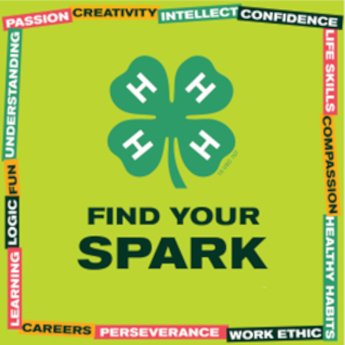One group of Halloween trick-or-treaters are coming for your cash, not your candy!
Find out why you should give them some and how Halloween can be used as a way to help children make a positive difference for others through community service and fundraising efforts.

One fall day in 1949, a school teacher in Philadelphia by the name of Mary Emma Allison set out with her children to purchase new winter coats. Allison and her children noticed a children’s parade and followed it into a department store. The parade led them to a booth where people were collecting donations to be used to purchase dehydrated milk for children in post-WWII Japan. As a result of this chance encounter on their shopping trip, Allison was inspired to create what has become a Halloween tradition practiced by countless American children over the past 67 years, leading to millions of dollars being collected by U.S. children to support the health and wellbeing of other children around the world. This tradition is the Trick-or-Treat for UNICEF campaign.
UNICEF was founded in 1946 “to meet the emergency needs of children in post-war Europe and China.” Its full name was the United Nations International Children's Emergency Fund. In subsequent years, UNICEF broadened its work “to address the long-term needs of children and women in developing countries everywhere,” and its name was shortened to become the United Nations Children's Fund.
Today, “UNICEF works in more than 190 countries and territories to help get kids what they need to survive and grow into happy and healthy adults. UNICEF helps to supply things like medicines and vaccinations, clean drinking water, health-giving foods and shelter. It also helps to build schools and provide school supplies, and responds with emergency relief in wars or when disasters, such as earthquakes and floods, occur,” according to UNICEF.
Following Allison's encounter with the children’s parade and fundraiser in 1949, she came up with an idea of using trick-or-treating as a way for kids to help other kids by raising money to support the work of UNICEF. Her idea became a reality in October 1950 when her children became the first participants in the annual Trick-or-Treat for UNICEF campaign, which is now coordinated by UNICEF USA. Since 1950, millions of children across the U.S. have gone door-to-door on Halloween with UNICEF collection boxes, calling out, "Trick-or-treat for UNICEF!" The annual tradition has helped raise more than $175 million, according to UNICEF USA.
Allison and her children used empty milk jugs to collect donations the first year, but now children can be identified as participants in the fundraiser by the distinctive small, orange boxes they carry and use to collect cash donations. Donations are often collected during Halloween trick-or-treating, but could also be done in other creative ways. Some examples of other ways to collect donations are door-to-door collection drives during the month of October (before Halloween trick-or-treating) or as a workplace-based fundraiser during the month of October.
In addition to helping raise funds to support the work of UNICEF, this campaign also lends itself well to being an educational opportunity for children and youth to learn about important global issues. The UNICEF Kid Power website has free, downloadable, educational resources that can be used to help children learn about UNICEF and the issues affecting children around the world that the organization addresses through its work. These include a lesson plan that adults and older youth could use to teach children about the Trick-or-Treat for UNICEF campaign, a magazine for children with lots of information and stories about the campaign, and a kid-friendly animated video and singalong activity.
Also available from the UNICEF Kid Power website are two more in-depth lesson plans that go deeper into helping children learn about issues children are facing around the world and how they can help address those issues through their participation in the campaign. These include a lesson plan focused on clean water and sanitation that includes a fun, hands-on relay game, and a set of lessons on Ready to Use Therapeutic Food (RUTF), a peanut-based product, called by some “a miracle food,” that is credited with saving the lives of children suffering from severe acute malnutrition.
If you who would like to provide opportunities for children to participate in the Trick-or-Treat for UNICEF campaign, you can find more information on how to participate on the UNICEF USA website. Resources and support are available for individuals, families, classrooms and schools who would like to participate in the program.
By combining some of the educational resources made available by UNICEF and its partners with trick-or-treating for a cause, this Halloween can be a wonderful experience for children to learn about important global issues and to make a positive impact on the lives of other children around the world through their actions.
What started as a chance encounter on a fall shopping trip in 1949 will undoubtedly inspire a new Halloween tradition for some children and families this year as they join countless other Americans in the discovery that the joy they receive from helping others can be incredibly sweet, just like the Halloween candy we all look forward to this time of year.
To learn about the positive impact of Michigan 4-H youth leadership, citizenship and service and global and cultural education programs, read our 2016 Impact Report: “Developing Civically Engaged Leaders.” Additional impact reports, highlighting even more ways Michigan State University Extension and Michigan 4-H have positively impacted individuals and communities in 2016 can be downloaded from the MSU Extension website.



 Print
Print Email
Email





